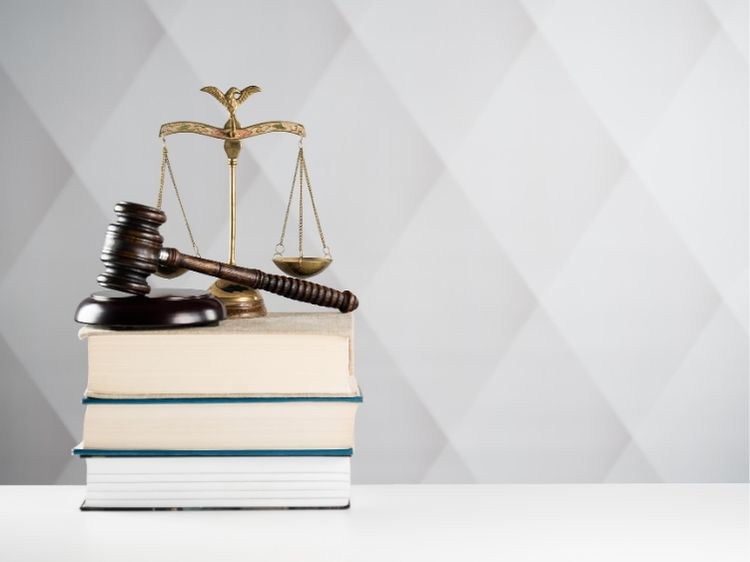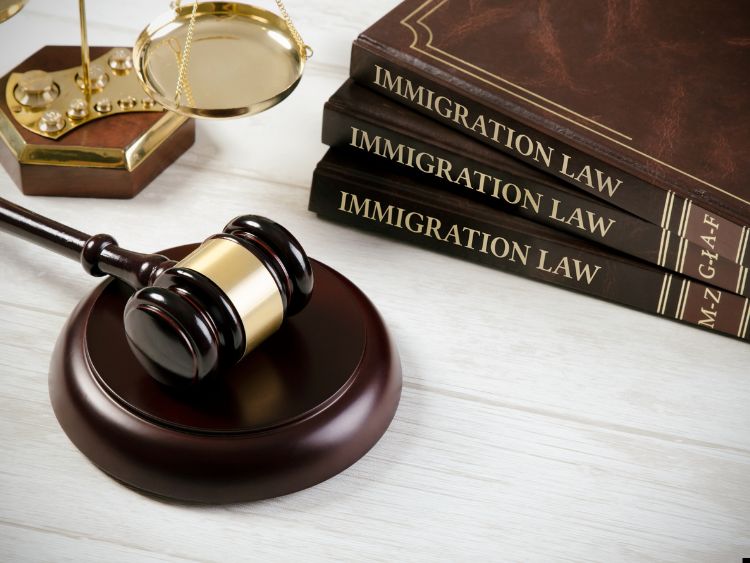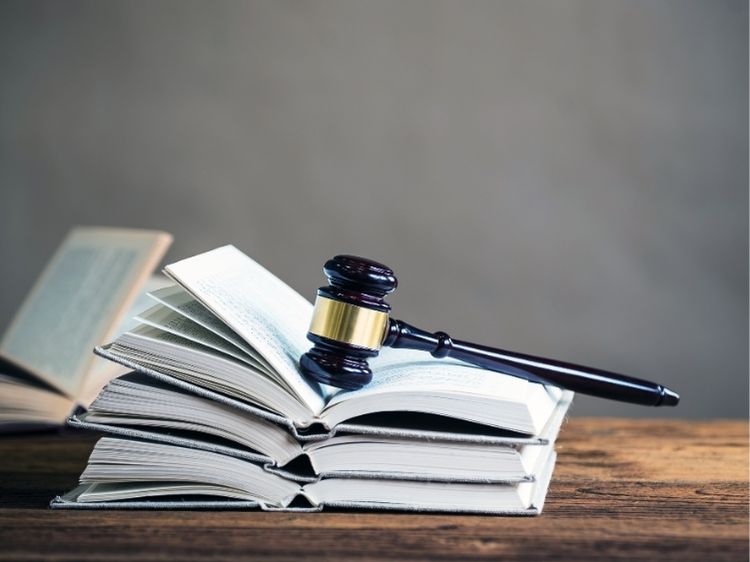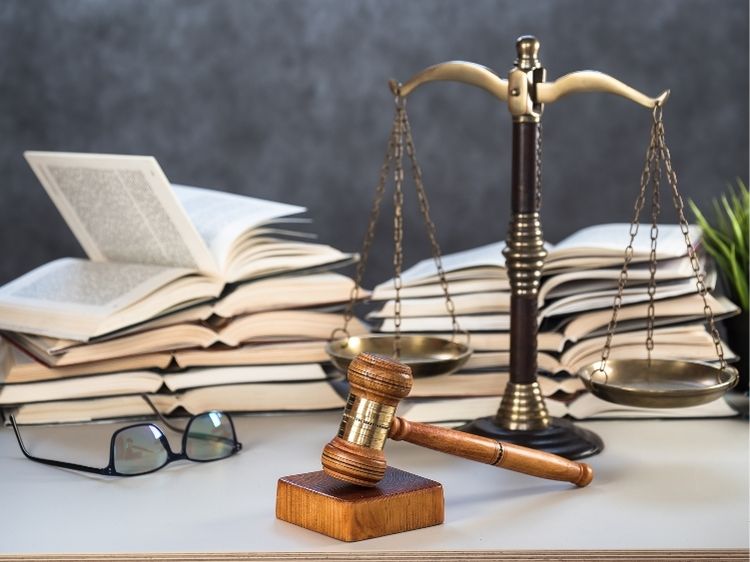Have you ever wondered what happens when someone’s actions (or lack thereof) cause harm to another person? In the legal world, two terms that often come up are liability and negligence. While these might sound complicated, they essentially boil down to responsibility and carelessness. Whether you’re a business owner, a driver, or simply a concerned citizen, understanding these concepts can protect you from legal troubles and help you understand your rights.
In this article, we’ll dive into the meaning of liability and negligence, explore how they interact, and look at their real-world implications. By the end, you’ll have a solid understanding of how the legal system deals with these issues and what it means for you.
What Is Liability?
Liability refers to a person’s or entity’s legal responsibility for their actions or inactions. When someone is liable, they are legally obligated to compensate for the harm they caused to another party. Liability can take many forms, including financial compensation, corrective actions, or even criminal penalties.
For instance, if a store owner fails to maintain safe conditions in their shop, and someone slips and falls, the owner could be liable for the injury. In this case, liability comes from the owner’s failure to uphold their duty of care toward customers.
Types of Liability
To get a better handle on liability, let’s break it down into its various forms:
- Strict Liability: This type of liability holds a party responsible regardless of their intent or negligence. In some cases, just being involved in a situation (like owning a dangerous pet) can make someone strictly liable for any harm that occurs.
- Vicarious Liability: Sometimes, one person is held accountable for the actions of another. For example, employers are often vicariously liable for the actions of their employees when those actions occur within the scope of employment.
- Joint and Several Liability: This applies when multiple parties are responsible for harm, and each party can be held fully accountable for the entire damage. This ensures that victims receive full compensation, even if one liable party can’t pay.
Liability, in whatever form it takes, essentially asks, “Who’s responsible for this?”
What Is Negligence?
Negligence occurs when someone fails to take reasonable care to prevent harm to others. It’s a breach of duty, meaning someone didn’t do what a reasonable person would do under similar circumstances.
For instance, imagine a driver runs a red light and hits another car. This is a clear case of negligence because the driver failed to obey traffic laws, which are in place to keep everyone safe. When that failure leads to harm, the negligent party can be held liable for the damages.
Elements of Negligence
To prove negligence, certain elements must be established:
- Duty of Care: The person had a legal duty to act with care. For instance, drivers have a duty to follow traffic rules and keep other road users safe.
- Breach of Duty: The person failed to meet that standard of care. In the example of running a red light, the driver breached their duty by breaking traffic laws.
- Causation: The breach directly caused harm. If the accident wouldn’t have occurred without the driver running the red light, causation is established.
- Damages: The person suffered actual harm or losses, whether physical, financial, or emotional.
If all these elements are proven, the negligent party is liable for the resulting damages.
Liability and Negligence: How They Interact
Liability and negligence are deeply intertwined. Negligence is often the basis for liability. When someone acts negligently and that negligence causes harm, they can be held liable.
For example, in a personal injury case, the injured party (the plaintiff) must prove the defendant’s negligence to hold them liable for damages. Whether it’s a slip and fall accident, medical malpractice, or a car crash, negligence leads to liability.
However, liability doesn’t always require negligence. In cases of strict liability, like defective products or hazardous activities, the injured party doesn’t have to prove negligence—just that the harm occurred.
Real-Life Examples of Liability and Negligence
Let’s take a look at some real-world situations where liability and negligence come into play.
1. Medical Malpractice
In the healthcare industry, doctors and medical professionals have a duty of care to their patients. If a doctor fails to diagnose a condition or makes an error during surgery, and the patient is harmed, the doctor may be negligent and liable for medical malpractice.
2. Car Accidents
One of the most common examples of negligence is car accidents. When a driver speeds, runs a red light, or drives under the influence, they’re breaching their duty of care to other road users. If their actions cause an accident, they’re liable for the damage.
3. Product Liability
Manufacturers can be held liable for injuries caused by defective products. In these cases, strict liability often applies, meaning the injured party doesn’t need to prove the manufacturer was negligent—only that the product was faulty and caused harm.
The Role of Insurance in Liability and Negligence
In many cases, insurance companies step in to cover the costs associated with liability and negligence claims. For instance, car insurance policies typically cover damages caused by negligent drivers. Similarly, homeowners insurance can protect property owners from liability if someone is injured on their property.
However, navigating insurance claims can be tricky. Insurance companies often try to minimize payouts, so understanding your rights and the terms of your policy is crucial.
Common Defenses Against Liability and Negligence Claims
Not every negligence or liability claim leads to compensation. There are several defenses that can protect individuals and businesses from being held liable. Here are a few common ones:
1. Contributory Negligence
If the injured party contributed to their own harm, they may not be able to recover damages. For instance, if someone ignored safety warnings and got injured as a result, the defendant may use this defense to reduce or eliminate liability.
2. Assumption of Risk
When someone knowingly takes part in a dangerous activity, they assume the risk of injury. If you voluntarily attend a boxing match and get injured, you may not be able to sue for damages because you assumed the risk.
3. Comparative Negligence
In some cases, both parties share fault for the injury. Comparative negligence laws allow the court to allocate a percentage of fault to each party. If the plaintiff is found partially at fault, their compensation may be reduced by their percentage of blame.
FAQs
- What’s the difference between liability and negligence?
Liability refers to legal responsibility, while negligence refers to the failure to take reasonable care. Negligence often leads to liability if it causes harm. - Can I be held liable even if I didn’t act negligently?
Yes, in cases of strict liability, you can be held responsible even without proof of negligence. This applies to certain activities or defective products. - How can I protect myself from liability?
One of the best ways to protect yourself is by carrying adequate insurance. Liability insurance, whether for your home, car, or business, can cover potential claims. - What should I do if I’m accused of negligence?
If you’re facing a negligence claim, consult with a lawyer immediately. They can help you understand your options and build a defense based on the specifics of your case.
Conclusion
Liability and negligence might sound like dry legal terms, but they have real-world implications that can affect anyone. Whether you’re a business owner, a driver, or just a regular person going about your day, understanding these concepts can help you navigate situations where you might face legal responsibility.
Knowing your rights, understanding how negligence is proven, and having the right insurance coverage can protect you from unnecessary financial strain or legal trouble. Stay informed, and when in doubt, seek legal counsel to guide you through complex situations involving liability and negligence.
Authoritative Links (Plain URLs):
- https://www.findlaw.com/injury/accident-injury-law/proving-fault-what-is-negligence.html
- https://www.law.cornell.edu/wex/liability
- https://www.justia.com/injury/negligence-theory



